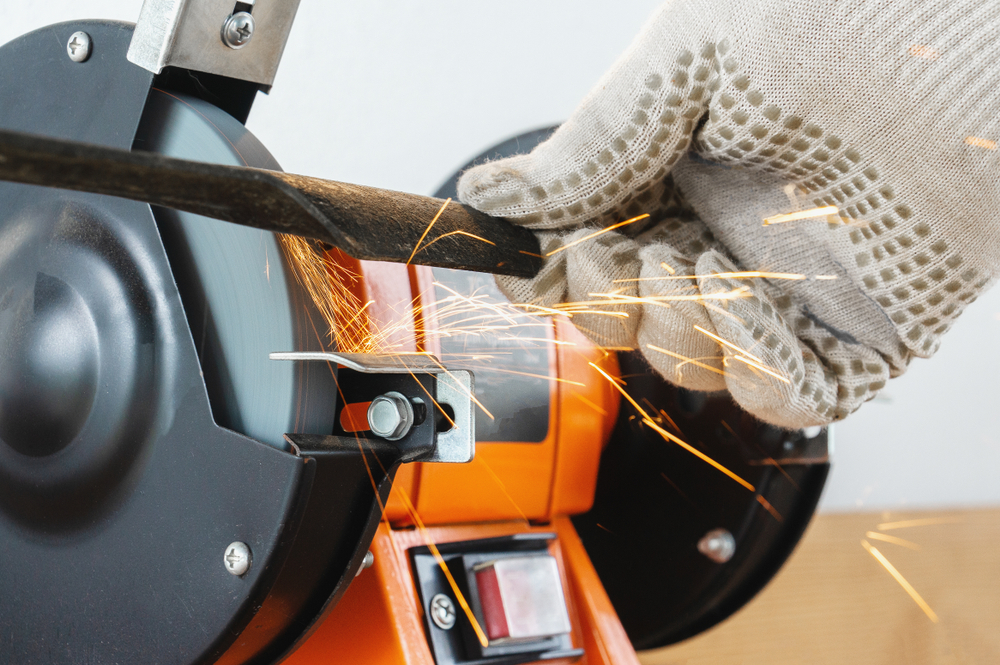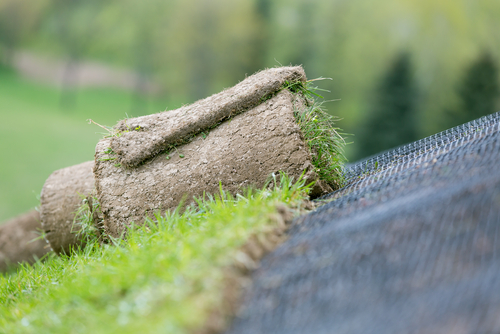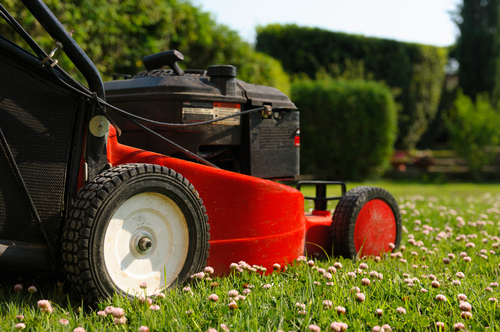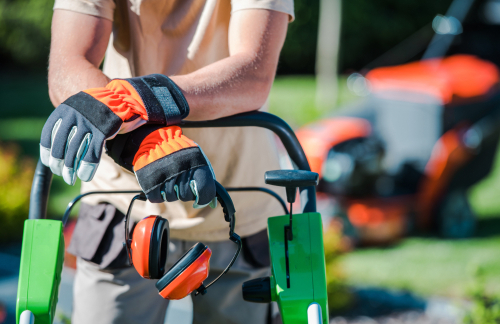How Do I Sharpen My Lawn Mower Blades?

Maintaining a well-kept lawn requires more than just mowing regularly. One important aspect of lawn care that often gets overlooked is the sharpening of the lawn mower blades. Dull blades not only make mowing more difficult, but they can also damage your grass, leaving it susceptible to disease and stress. So, if you’re wondering “how do I sharpen my lawn mower blades?” you’ve come to the right place. In this blog post, we’ll discuss the importance of sharpening your blades, how often you should do it, and some tips for maintaining sharp blades.
Why Is It Important to Sharpen Lawn Mower Blades?
First and foremost, sharp lawn mower blades are essential for a clean and even cut. Dull blades tear grass instead of cutting it cleanly, leading to a ragged appearance and potentially damaging the grass. Additionally, dull blades can create jagged edges on the grass blades, making them more susceptible to disease and stress. By keeping your blades sharp, you’ll not only achieve a better-looking lawn but also promote overall lawn health.
How Often Do I Need to Sharpen My Lawn Mower Blades?
The frequency at which you need to sharpen your lawn mower blades will depend on how often you mow your lawn and the type of grass you have. In general, it’s recommended to sharpen your blades at least once a year, preferably before the start of the mowing season. However, if you mow your lawn frequently or have a large lawn, you may need to sharpen your blades more often. Some experts suggest sharpening your blades after every 25 hours of use. Ultimately, the key is to monitor the quality of your cut and sharpen the blades whenever they start to show signs of dullness.
Tips for Sharpening Your Lawn Mower Blades
Now that you understand the importance of sharpening your lawn mower blades and how often to do it, let’s discuss some tips for maintaining sharp blades:
1. Safety first: Before you begin sharpening your blades, it’s important to prioritize safety. Make sure the mower is turned off and disconnected from the power source. Wear gloves to protect your hands and consider wearing safety goggles to prevent any debris from getting into your eyes.
2. Remove the blades: To sharpen your blades, you’ll need to remove them from the mower. This typically involves turning the mower on its side and using a wrench to loosen the bolts securing the blades. Once the blades are removed, inspect them for any damage or excessive wear.
3. Sharpen the blades: There are several methods for sharpening lawn mower blades, including using a grinder, file, or sharpening stone. Whichever method you choose, make sure to maintain the original angle of the cutting edge and remove an equal amount of metal from both sides of the blade to ensure a balanced cut.
4. Check for balance: After sharpening the blades, it’s crucial to check for balance before reattaching them to the mower. An unbalanced blade can cause excessive vibration and damage to the mower. You can check the balance by hanging the blade on a nail or similar object and ensuring it hangs level.
5. Reattach the blades: Once you’ve sharpened and balanced the blades, secure them back onto the mower using the bolts or fasteners. Make sure to tighten the bolts securely to prevent the blades from coming loose during mowing.
6. Test the cut: After sharpening and reattaching the blades, start the mower and test the cut on a small section of grass. If the blades are sharp, you should notice a clean and even cut.
Summary
Sharpening your lawn mower blades is a crucial aspect of lawn care that shouldn’t be overlooked. By maintaining sharp blades, you’ll not only achieve a better-looking lawn but also promote overall lawn health. Remember to sharpen your blades at least once a year, or more frequently depending on use, and follow the tips mentioned above for optimal results. So, the next time you find yourself asking “how do I sharpen my lawn mower blades?” you’ll be well-equipped to tackle the task like a pro.
Need Your Blades Professionally Sharpened in Bells, TN?
Ready to get your lawn mower blades sharpened for a healthier, better-looking lawn? Reach out to us at Hill’s Repair Shop today! We’re here to help you achieve that pristine cut with our expert blade sharpening services. Don’t let dull blades ruin your hard work—give us a call or visit us, and let our skilled team take care of your lawn mower maintenance needs. Your lawn will thank you!



 As the weather starts to warm up and flowers begin to bloom, many people start thinking about getting their outdoor spaces ready for the spring and summer months. One of the essential steps in this process is making sure you have the right outdoor power equipment to tackle all of the tasks that come with maintaining a beautiful outdoor space. From mowing the lawn to trimming hedges and cleaning up leaves, having the right tools can make all the difference in keeping your yard looking its best.
As the weather starts to warm up and flowers begin to bloom, many people start thinking about getting their outdoor spaces ready for the spring and summer months. One of the essential steps in this process is making sure you have the right outdoor power equipment to tackle all of the tasks that come with maintaining a beautiful outdoor space. From mowing the lawn to trimming hedges and cleaning up leaves, having the right tools can make all the difference in keeping your yard looking its best.

 As the winter months come to an end and spring approaches, it’s time to start thinking about the maintenance and preparation of your lawn equipment. Your lawn mower, in particular, plays a vital role in keeping your lawn looking healthy and beautiful throughout the season. To ensure your mower is in prime condition for the spring, here are some essential steps to take when preparing your lawn mower for the upcoming season.
As the winter months come to an end and spring approaches, it’s time to start thinking about the maintenance and preparation of your lawn equipment. Your lawn mower, in particular, plays a vital role in keeping your lawn looking healthy and beautiful throughout the season. To ensure your mower is in prime condition for the spring, here are some essential steps to take when preparing your lawn mower for the upcoming season.